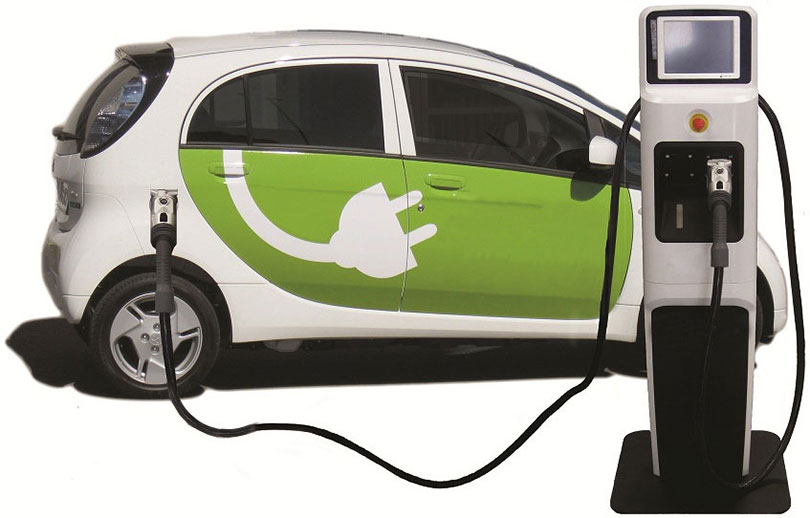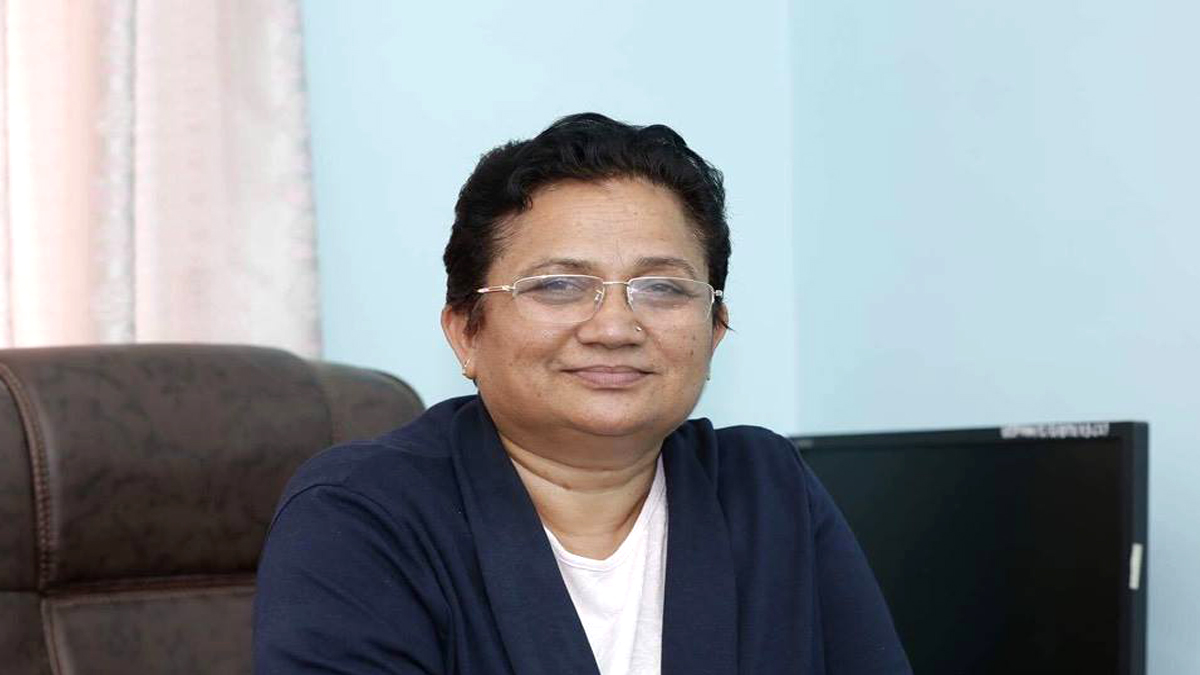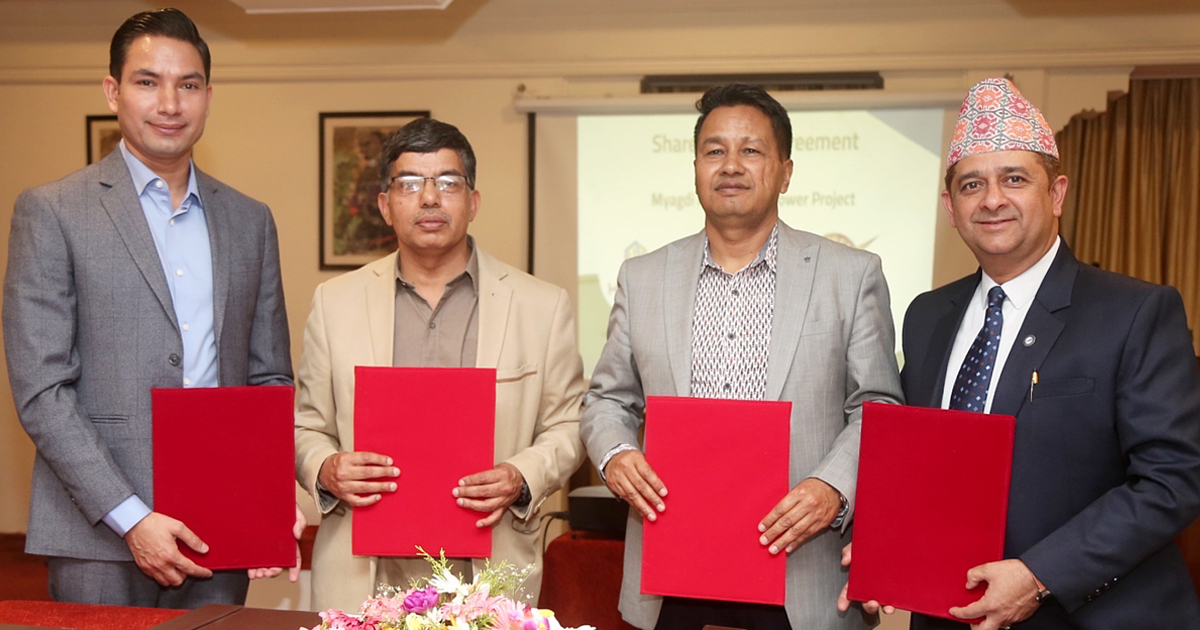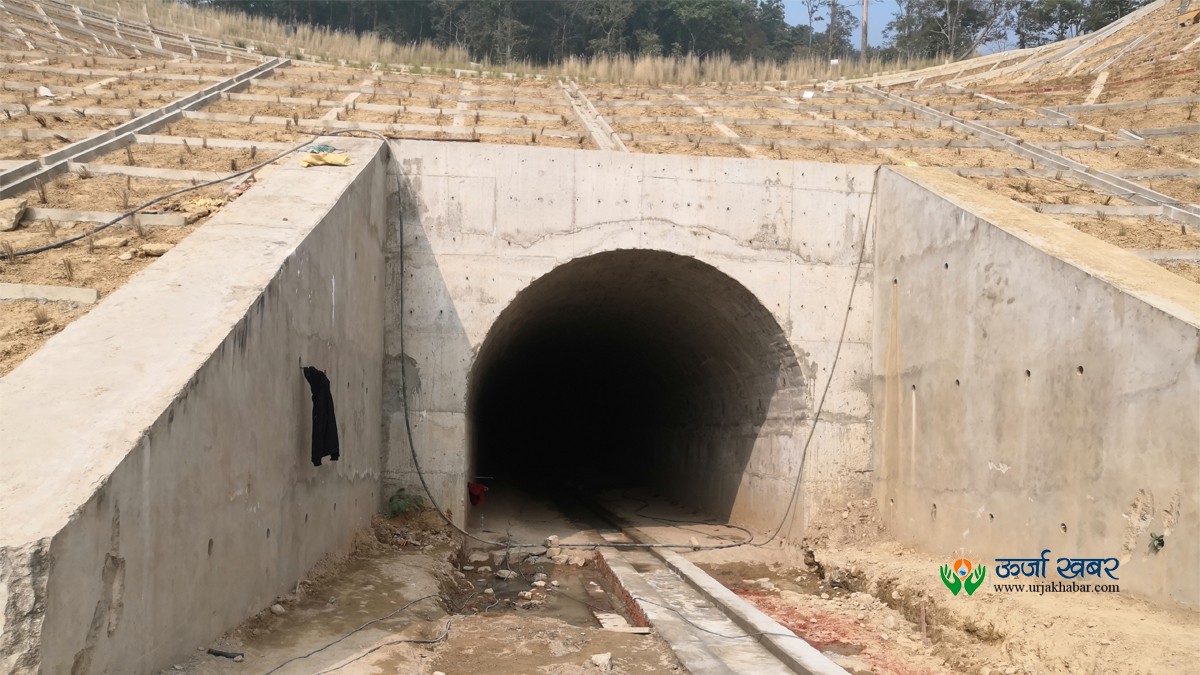Energy Update
Electric vehicle imports see-saw as government policy fluctuates

Nepal brought in a record number of electric vehicles (EVs) in the last fiscal year 2021-22 after seeing their imports seesaw for several years.
In 2019-20, imports amounted to 575 units before dropping by more than a half to 249 units in 2020-21 due to Covid-19 restrictions and higher taxes. But in the last fiscal year that ended July 16, imports jumped sevenfold to 1,807 units.

According to the Department of Customs, battery-powered cars, jeeps and vans valued at an all-time high of Rs5.32 billion entered Nepal in 2021-22.
Dealers said that car buyers had made bookings seven months ago which shows that there is high demand. The future looks bright for EVs as all signs point to strong demand in the future.

They say that the government’s policy to speed up the transition to zero emission transport is the key factor behind the EV push in Nepal. Ever-rising gasoline prices too made people think of switching to battery-powered automobiles, dealers say.
Despite the upbeat outlook, the auto sector dreads ever-changing government policy. The budget for the last fiscal year had slashed the import duty on battery-powered autos from 40 to 10 percent in a bid to expand electricity use and promote environment-friendly transportation.
Demand for EVs swelled, aided in no small measure by a steep hike in fuel prices, insiders say.
“Government policy has definitely contributed to the proliferation of EVs in Nepal,” said Dhurba Thapa, president of the Nepal Automobile Dealers’ Association.
Besides zero excise and lower customs duties, the auto loans up to 80 percent of the price of the car provided by banks and financial institutions have boosted buyers' confidence, say electric car traders.
Sandeep Sharma, marketing manager of Laxmi Intercontinental, the authorised distributor of Hyundai cars in Nepal, says that demand for EVs has been increasing. “But there are some warning signals,” he said.
"The country’s economy is not performing well, and the government’s move to set it right has slightly impacted the auto market," said Sharma.
“As banks are facing a liquidity crisis, it's not easy to get a bank loan to buy a car, including EVs,” he said. According to auto traders, the government has not restricted imports, but a hike in material prices globally could dampen the demand for EVs.
In 2020-21, then finance minister Yubaraj Khatiwada slapped excise duties ranging from 30 to 80 percent on EVs, depending on the motor capacity. Customs duty was fixed at 60 percent.
Khatiwada justified his move claiming that EVs, particularly SUVs, were luxury items.
Immediately after the duties were raised, EV prices nearly doubled, making them less competitive compared to fossil-fuel vehicles.
In the last fiscal year, the budget presented by the then finance minister Bishnu Paudel removed the excise duty on EVs. He also rolled back the customs duty to 10 percent.
Paudel explained that the move was intended to promote EVs. He declared that Nepal planned to shift from gasoline-powered light vehicles to electric vehicles by 2031, and announced a strategic plan to lower fuel imports.
From this fiscal year, the government has decided to levy excise duty on top of the customs duty on high performance electric vehicles, which has made them more expensive, insiders say. Previously, there was no excise duty for electric vehicles. The budget presented by Finance Minister Janardan Sharma slapped 30 percent excise duty on vehicles fitted with 100-200 kW motors.
A 45 percent excise duty has been levied on the import of EVs equipped with motors of 201-300 kW capacity. And 60 percent excise duty has been slapped on EVs with a motor capacity of more than 300 kW.
Consequently, EV prices have started to rise again. “As the budget has increased the duty on 100 kW battery-powered EVs, the price of a Hyundai Ioniq-5 has increased to Rs10.6 million from Rs8.2 million,'' said Sharma of Laxmi Intercontinental.
“This has impacted sales. Despite a rise in inquiries for EVs, sales conversion is low due to lack of loanable funds with banks,” he said.
“Around 95 percent of car buyers obtain auto loans, but nowadays that's not easy. Interest rates have increased too.”
There is a supply constraint in the case of Hyundai EVs as they come from South Korea. Auto dealers say that it normally takes three months to deliver EVs booked by customers. “EV bookings have increased by 40 percent,” said Sharma.
On the two-wheeler front, the import of electric machines nearly doubled in the last fiscal year from the previous fiscal year. Nepal imported 5,455 electric motorcycles worth Rs481.32 million in 2021-22.
Sameer Shrestha, project and marketing manager of Cimex, the authorised distributor of BYD in Nepal, said that they sold around 160 EVs in the past eight months.
BYD of China is the largest EV manufacturer in the world. “Sales are growing,” Shrestha said. But he fears that the changing policy of the government will impact the growth cycle. Taxes have increased again and prices are up.
“The prices of our ready-to-launch models with a battery capacity of 150 kW have gone up by Rs2.5 million with the change in the Nepal government's tax policy.”
The government has taken measures to discourage the import of vehicles powered by petrol and diesel, but they have been ineffective.
According to the Department of Customs, Nepal imported automobiles worth Rs99.42 billion in the last fiscal year 2021-22, up from Rs97.37 billion in 2020-21.
Imports of passenger vehicles totalled 14,860 units worth Rs16.70 billion. “The import figures increased despite the restrictions because the orders had already been placed before the government announced the ban,” Thapa said.
In April, the government tightened automobile imports in a bid to prevent the country’s foreign currency reserve from depleting further.
But two-wheeler imports plunged by 47.81 percent in the last fiscal year. The country brought in 181,599 two-wheelers worth Rs17.19 billion. The import bill for two-wheelers in the previous fiscal year was Rs32.94 billion for 353,534 units.
In December last year, Nepal Rastra Bank unveiled a new policy making it mandatory for importers to keep 100 percent margin amount to open a letter of credit to import 10 types of listed goods, including automobiles.
The central bank has decided to discourage the import of these goods considering that they are “non-essential”. In April, the government announced a complete ban on the import of vehicles running on petrol and diesel and motorcycles with a capacity of over 250cc.
On July 18, the government extended an 81-day-old import ban on 10 types of goods for another one and a half months, citing a lack of improvement in the country's foreign currency reserves. The ban will remain in effect until August-end.
As a result of the import restriction, the association of automobile dealers has decided not to hold its annual NADA Auto Show this year too. The event is one of the largest auto shows in the country.
“Until two years ago, EVs were the second choice for customers in Nepal. Now, it's the top choice,” said Shrestha.
The Kathmandu Post
Conversation
- Info. Dept. Reg. No. : 254/073/74
- Telephone : +977-1-5321303
- Email : [email protected]













